| Structure | Name/CAS No. | Articles |
|---|---|---|
 |
Acetone
CAS:67-64-1 |
|
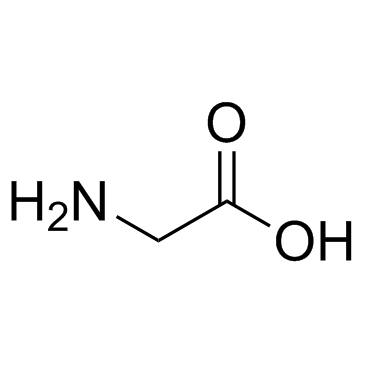 |
Glycine
CAS:56-40-6 |
|
 |
Methanol
CAS:67-56-1 |
|
 |
sodium dodecyl sulfate
CAS:151-21-3 |
|
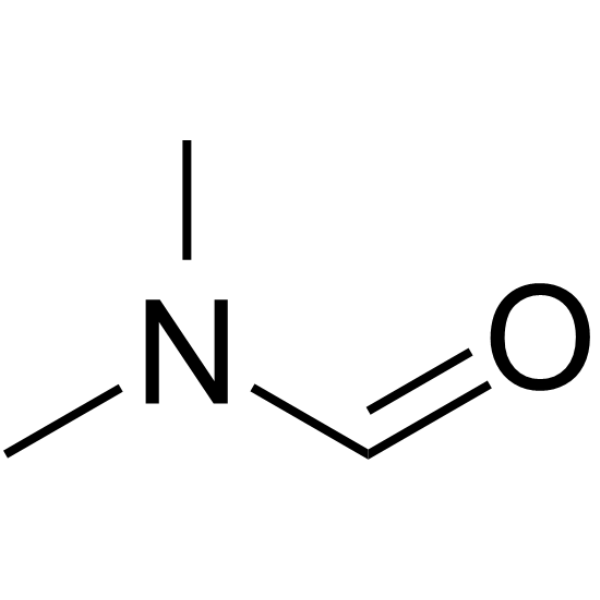 |
N,N-Dimethylformamide
CAS:68-12-2 |
|
 |
DL-Lysine
CAS:70-54-2 |
|
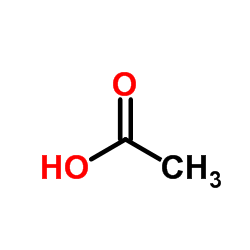 |
acetic acid
CAS:64-19-7 |
|
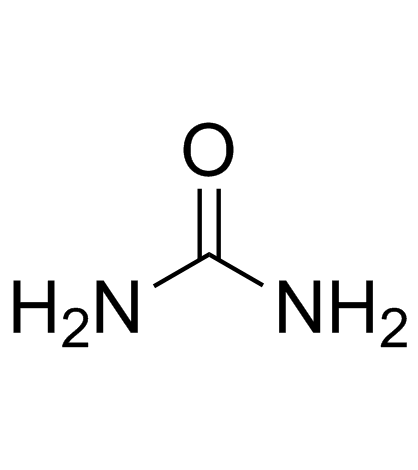 |
Urea
CAS:57-13-6 |
|
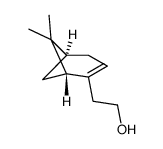 |
(-)-NOPOL
CAS:35836-73-8 |
|
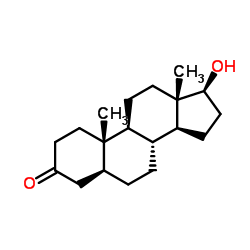 |
Stanolone
CAS:521-18-6 |